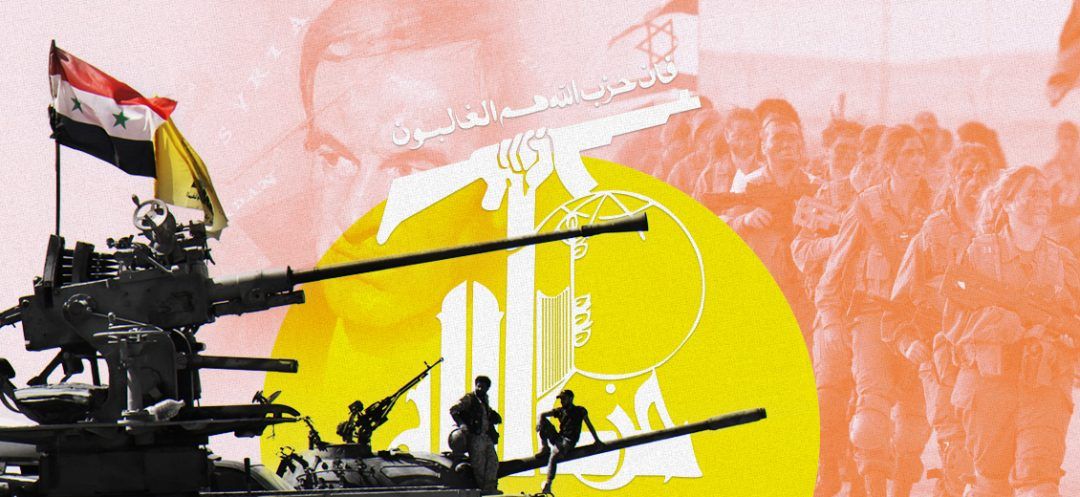- Home
- Middle East
- Syria: How Many Divisions?

The days when the Syrian army terrorized the Lebanese population and relentlessly bombarded the neighborhoods of Beirut and Zahlé instead of fighting Israel are long gone. The days when this army was part of an international coalition against Saddam Hussein during the first Gulf War are long gone. Nothing in the Near East could happen without the Assad dynasty's involvement and consent. Today, Syria has effectively ceased to exist—fragmented in the “Lebanese” way, with various factions controlling contested territories. Much like Lebanon during its so-called civil wars, which were often fueled by Damascus, many armies are now operating both within and from its territory.
Everything collapsed in 2011. Peaceful protests turned into a bloodbath, and the true cost of 13 years of war remains unknown. The fact is that Syria no longer exists, despite the hordes of fans of Assad's son who, with horns blaring, wander the streets of Beirut as virtuous refugees to vote for their idol—allegedly the cause of their exile. In conclusion, Syria: game over!
As the war intensifies, a simple analysis clarifies the situation. The Israeli army bombards Syria daily without raising the slightest concern or reaction. Twelve children killed in Majdal Shams? They were Syrians. This missile is about to plunge the region into hell, and in Syria, there is merely a condemnation. The authorities of this “country” seem barely concerned, as no official has control beyond the edges of their own office. Everyone is focused on their own survival, capitalizing on chaos for personal gain.
The people, as always, suffer from the sanctions imposed on Syria and are deprived of everything. Half of the country’s population—11 million people—are displaced, either within Syria or abroad. The oligarchs, on the other hand, remain unaffected and continue to lack nothing, as usual. They maintain powerful networks, especially in Lebanon which serves as a conduit for mafias and smuggling operations to Damascus.
On the ground, one might reasonably ask where the Syrian army has disappeared. Its million soldiers, thousands of cannons and tanks, and hundreds of fighter jets seem to be nowhere in sight. The Israeli army serenely roams, targeting airports at times and armed positions at others, fearless of defensive retaliation. Hezbollah and the Iranian Revolutionary Guards are running the show in the Golan Heights and along the border with Lebanon. Iranians are present everywhere and seem to coexist with Russian forces, who have their own bases. The American armed forces control the oil fields, the Turkish army is deployed in the north, Kurdish forces in the east, and a myriad of Islamist militias with "soft" names such as Jund al-Sham, Daesh, and al-Qaeda are also present. Each militia and army holds a piece of territory and imposes its own law.
The next confrontation is likely to spread to other parts of Syria. As Hafez al-Assad once said, “One people; two countries.” Amidst this unnecessary suffering, the fates of the two nations seem intertwined. Unless, of course, a reasonable resolution is found to these conflicts threatening to burn up everything. Yet, the worst is to be feared always.
Read more





Comments